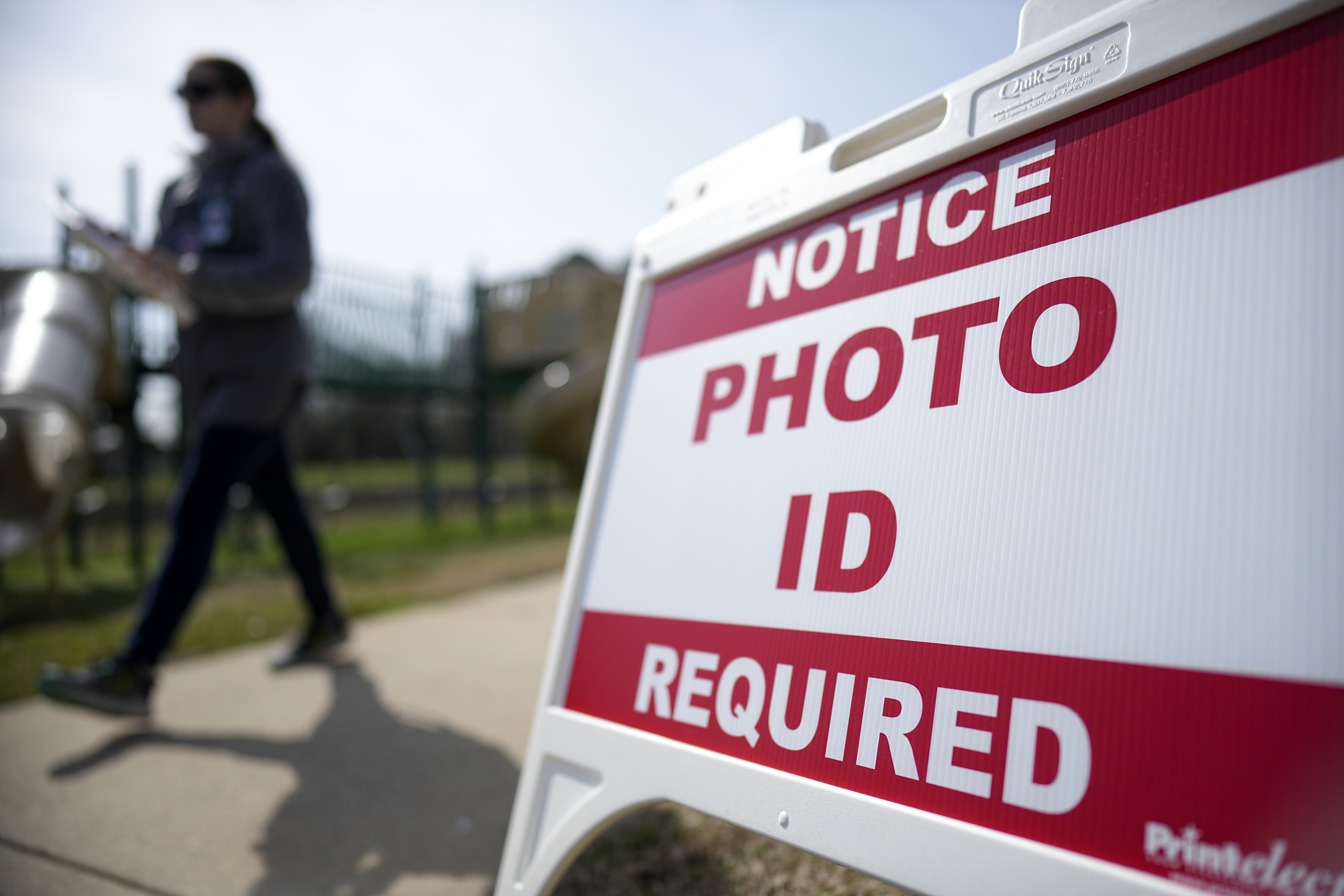It’s been 40 years since the first woman – Sandra Day O’Connor – was nominated to the United States Supreme Court. But, twenty years prior, the first woman was appointed to the North Carolina Supreme Court. While more women have served on the North Carolina Supreme Court, there are still barriers to entry.
Anita Earls, one of three female justices of the seven member North Carolina Supreme Court, still remembers the days when she had to prove she belonged in the courtroom.
She was an attorney – preparing to argue a case in a part of North Carolina where she wasn’t well known. When she arrived, however, people in the courthouse didn’t believe that.
“The assumption was that I was a court reporter,” Earls said. “I had to, like, really insist, no, I’m an attorney and I’m here to represent a client.”
Even some of those clients have been hesitant to work with her because of her gender. She was a trial lawyer at a time when people traditionally saw women as appropriate to handle things like family law cases, trusts, and estates.
“I’ve had clients who questioned my ability to be an attorney,” Earls said. “You know, are you really going to be aggressive for me in the courtroom? If you’re because you’re a woman, like literally putting it out there because I’m a woman, they’re not sure I can be a good attorney.”

Gender breakdown of the North Carolina State Supreme Court. (Graphic via Kendal Orrantia / UNC Media Hub)
She says other clients consciously sought women lawyers out – not because of their abilities but because they thought a woman could do more than a man to influence the jury in their favor.
“I want to be evaluated based on my performance, my skills, my knowledge, my abilities and not treated differently on any grounds,” Earls said.
Earls said attitudes have changed, but that women still face challenges in the courtroom. There are more female lawyers and women now make up 43 percent of elected positions in the North Carolina judicial branch – including judges, district attorneys and clerks.
Earls says those women on the judicial branch are not always treated the same as men. Studies show that female justices on the US Supreme Court get interrupted three times as often.
Judge Elizabeth White, president of the National Association for Women Judges, says many women have a hard time advancing in the legal profession because it’s difficult to balance work and family.
“The other problem is that women have not had good mentors,” White said. “Sometimes the men don’t mentor the women in the way that the men should, but I think that’s changing.”
Partly because now women are serving as those mentors themselves. Four women have served as North Carolina’s chief justice, and there have been nine women who’ve served on the state supreme court. That’s compared to 90 men, but it’s progress.
Former Chief Justice Cheri Beasley, now running for US Senate, was woman number seven and the first Black woman to be chief justice. During her tenure on the Supreme Court, the North Carolina Judicial Branch honored women trailblazers.

Timeline of women on the North Carolina Supreme Court. (Graphic via Kendal Orrantia / UNC Media Hub)
“We had one celebration, to celebrate the women who had served on the Court,” Beasley said. “We also had a celebration to commemorate the African Americans who had served on the Court. It was really important, I think, because representation really does matter, and you know it matters to have leaders who are diverse.”
U.S. Supreme Court Justice Ruth Bader Ginsburg was once asked about when there would be enough women on the court. She said “when there are nine” – something Justice Earls said could happen when people are judged on their skills not their gender.
“If the top legal minds in the country happened to be nine women great, we would pick them because they’re the top legal minds,” Earls said.
Earls said for years and years the court was nine men and nobody saw a problem with that so why would anyone see a problem with nine women.
Chapelboro.com does not charge subscription fees. You can support local journalism and our mission to serve the community. Contribute today – every single dollar matters.












